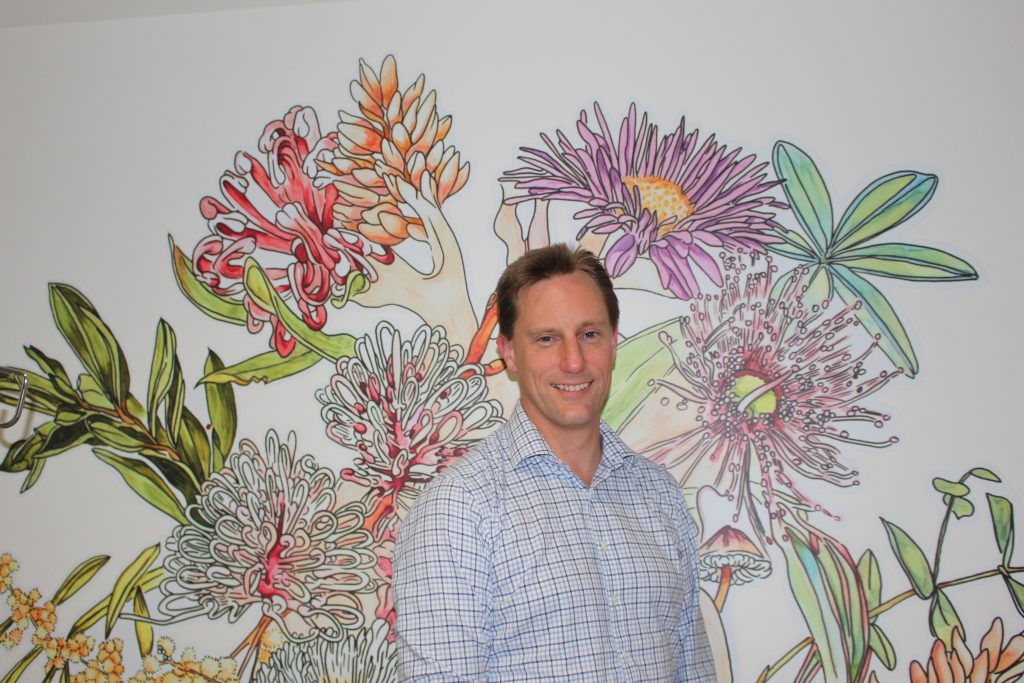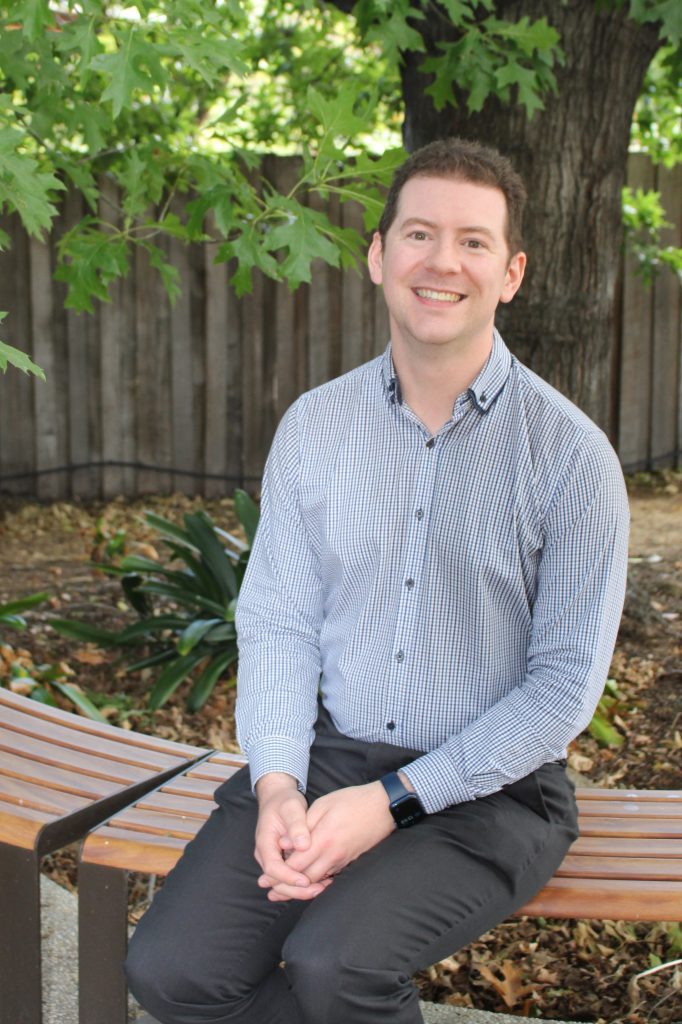eReferrals sweep Tasmania: Five years on
Posted on August 15, 2025

How the statewide eReferral system is facilitating communication and reducing wait times.
It has been five years since fax machines started gathering dust in the reception areas of specialist clinics and most of the general practices across Tasmania, replaced by the online eReferral system.
In 2021, Primary Health Tasmania embarked on an ambitious project aiming to transition all GPs in Tasmania to a secure messaging platform for sending referrals online to hospitals, specialists and allied health practitioners. It began with proving the concept and then partnering with the Tasmanian Department of Health to develop and roll out the system.
A tailor-made, secure application needed to be developed that would seamlessly integrate with existing practice management software, requiring significant training and persuading health professionals to overhaul their established systems and axe the fax.
The eReferral platform is powered by two key components: HealthLink SmartForms and the Referral Management System (RMS) developed by Hobart-based HealthCare Software.
HealthLink SmartForms are integrated into general practice clinical software, such as Best Practice and MedicalDirector, allowing GPs to complete and send referrals electronically.
These referrals are then transmitted securely to the RMS, which manages the receipt, triage, and tracking of referrals within public hospitals, ensuring timely and efficient patient care.
In an era where digital transformation seems straightforward, the shift from paper-based to digital proved challenging.
Yet, five years on, something remarkable has occurred.
As of May 2025, most specialists in Tasmania have adopted the HealthLink eReferral system, and almost 30% of all eReferrals are sent to private specialists each month.
In June 2024, this initiative reached a significant milestone, recording 100,000 eReferrals sent. By the end of February 2025, this number had grown to 180,000.
The Royal Hobart Hospital’s cardiology department has reported an average reduction in referral triage time of more than 60%. While triage of paper-based referrals takes an average of 22 days, triage of eReferrals takes an average of eight days.

Bellerive GP Brodie Carlon
Bellerive Doctors GP Brodie Carlon says the new system facilitates conversation between GPs and specialists, leading to better outcomes for the patients.
“I’m very much a fan,” Brodie says.
“I use eReferrals all the time. Both the referrals to the Tasmanian Health Service, as well as using the HealthLink referrals to specialists.
“I really think it’s great sending eReferrals to the hospital, you get immediate feedback confirmation that they have received the referral.
“Previously when we’ve faxed referrals, it’s always been a worry, wondering if people are going to wait weeks thinking that they’re on a waiting list yet they have never got through.
“So it’s really nice to receive that feedback that they’ve received it, that it’s pending and that it’s accepted. That’s one of the main benefits in particular for me.”
Brodie says another benefit of eReferral is that it improves communication between GPs and hospitals.
“There are situations where we need to just give some extra information, whether it’s just forwarding an investigation result, notifying a change in patient, or asking a question,” he says.
“There was one fellow who has immunotherapy at the hospital for a neurological condition that suppresses his immune system, and I wasn’t sure how that would interfere with one of his vaccinations that was coming up.
“He had an appointment the following week in the neurology clinic so I could just send through an eReferral and the specialist actually replied electronically in their acceptance of that message.
“So they just answered my question directly and it worked really well and it happened within a week.”
Scott Jennings, a patient at Bellerive Doctors, shares his experiences with the old and new systems.
“It seemed a bit cumbersome and old-fashioned,” Scott says about the previous fax-based process.
“In the past, getting an answer out of a specialist through a GP seemed to be a bit of hit or miss and took a long time and wasn’t really an effective mechanism to do it.”
Scott notes the importance of privacy and security improvements with the eReferral system.
“It’s good that the new system has been built securely,” Scott says.
The eReferral project was ambitious, but has it lived up to its expectations?
“Absolutely, 100%, we’re very happy with it,” Hobart cardiologist Dr Nathan Dwyer says.
Nathan sees the eReferral system as a significant step forward, not just in administrative efficiency but also in clinical care.
“Cardiology at the Royal Hobart Hospital was one of the pilot craft groups and the reason we got on board was there was manual handling of the paper referrals – we would occasionally see them go missing,” he says.
“There were just a lot of inefficiencies, so we would see lots of gaps in service.
“Now we see timely referrals, timely triaging and timely action.”
The eReferral system also enhances patient privacy and reduces errors.
Before, paper referrals could be misplaced, or details could be misread, such as illegible pathology results and echocardiograms (ECGs), which could delay treatment. Now, with a digital system, the eReferral is encrypted, minimising these risks.
“Often, pathology results aren’t readable with fax, so you can’t triage them appropriately,” Nathan says.
“This happened around 15 to 20% of the time and we didn’t have time to go back to the practice or pathology, so you had to triage on your best guess.
“An ECG definitely doesn’t fax well, so for them to come through as interpretable PDFs in the eReferral portal is amazingly helpful.”
As the eReferral system matures, it continues to evolve, addressing the nuances of medical practice and patient needs.
“At the point of triaging with eReferrals, you can respond directly back to the GP and suggest to initiate a few investigations and provide appropriate advice, allowing us to provide higher value care.”
With the majority of GPs and nearly all specialists on board, the system is moving towards universal adoption.
The next steps of the project include increasing uptake among remaining GPs, extending to allied health and Aboriginal community-controlled health organisations, and continuously improving the system’s functionality.
While the eReferral system is highly functional and providing tangible benefits to the community, Primary Health Tasmania manager Hannah Jenkins acknowledges it’s not perfect, and a small minority have shared concerns about the system.
“We’ve heard those concerns and welcome further feedback on how the system can be improved,” she says.
“We endeavour to facilitate improvements where we can.”
Despite this, Nathan says the cardiology department is right behind eReferrals.
“I think the more shared care approach to management is really helpful for our patients and our clinics because our clinics have such overwhelming demand,” Nathan says.
He says around 20% to 30% of referrals still come through to the cardiology department by fax – “so there’s a bit of work to go there”.
“I would encourage everyone to use the eReferral portal because it allows us to communicate back timely information to GPs and receive higher quality referrals,” Nathan says.
“Once you go through what should be a really short learning curve, the value to you of knowing that your referrals are being received – not going missing – is so high.
“Then, we’ve got a good quality referral, we’ll be able to evaluate and see your patient as promptly as possible.”
Want to know more about eReferral? Visit this page.
This story features in Issue 20 of our Primary Health Matters magazine. Click here to read the rest of the issue.
